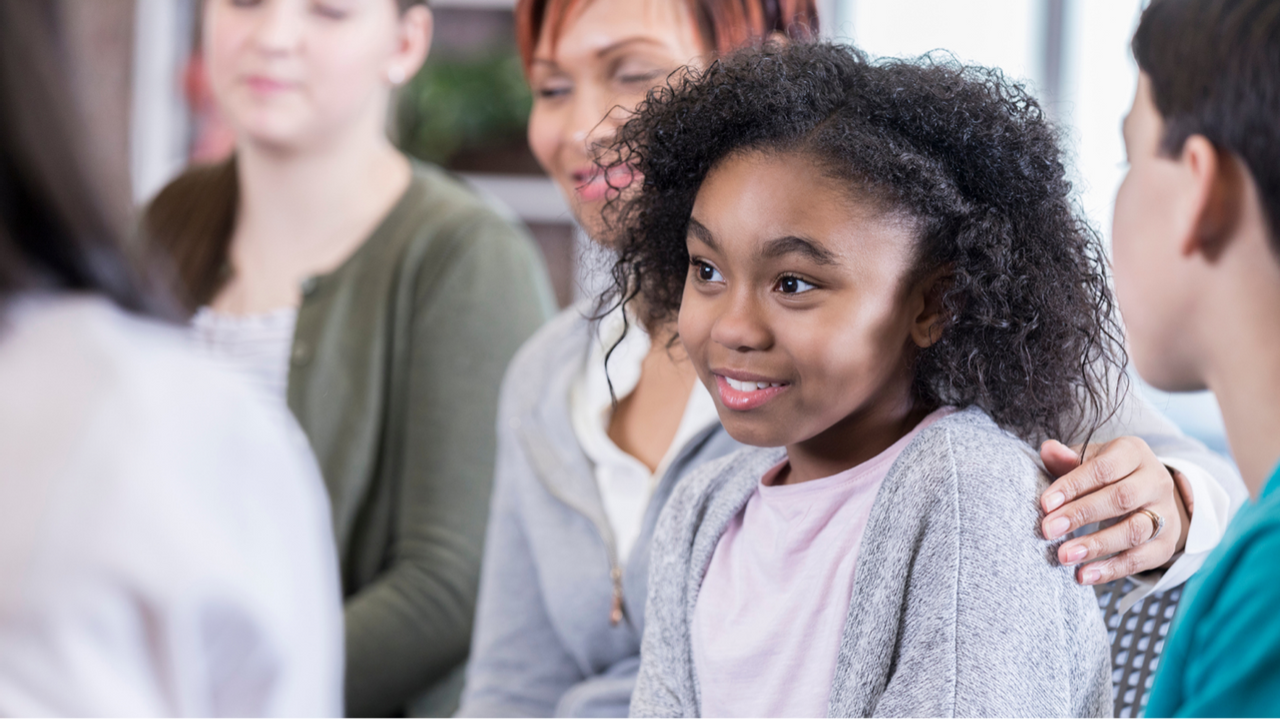Deep Breaths and Lower Stress: Supporting students during spring transitions

Ever feel chatty when you’re happy? Or so angry you just want to yell? Ever talk late into the night with the love of your life? Or have sadness so deep words are lost in the swell?
Emotions are the language of the heart. They release, captivate and invite us to speak. In so many ways it is the overflow of the heart from which we speak… or are silenced.
Safety and stress produce and repress language. This is particularly true for those attempting to communicate in bi and multilingual settings. When we’re stressed, we all tend to revert back to what we know. Imagine trying to learn a new language, personally, in the midst of a pandemic. And then trying to communicate only in that language. It’s like trying to diet in the midst of a pandemic. Just too much!
And yet, that’s exactly what our emerging bi and multilingual students have been expected to do all year long. Our language learners deserve a standing ovation and our deepest respect.
As we begin to meet with these students in person this spring, let’s remember the effect of the prolonged stress that they’ll bring.
And just like when we went online, this new transition will take some time. Our first course of action is to rebuild that sense of safety. What will it take for your students to feel safe when they’re gathered together?
The pathway to supporting students with language and learning starts with addressing the level of stress that is blocking access to the parts of their brains that control their ability to reason, speak, process and connect. Enter... the mighty amygdala.
The amygdala is the brain’s stress gatekeeper. When the amygdala senses stress or danger it blocks us from fully engaging the rest of our brain - which we need for connection, communication as well as learning!
Once we can assure the amygdala it’s safe to let us through, then we can engage in the process of connection. In times of such heightened stress, personal connection with us makes a monumental difference in a student’s willingness and emotional ability to engage with learning. This is where we begin to see the level of engagement and learning maximized.
Safety invites connection. And connection – well that’s where language has the freedom and space to grow.
What are simple keys for creating a space where students feel the internal and external safety and security needed to rebuild connections and to engage in language production?
You’ll find that many of these affect reducers are already integrated into Project GLAD® strategies. Others are easy to add to any strategy at hand. Generally, these take a back seat to support students in their content and language learning.
However, in seasons of prolonged stress and trauma recovery for students, strategies to lower affect move to the driver’s seat. They become an integral, if not the primary element, in the learning target.
Tips for Lowering Affect
Your affect matters too! Choose 1 or 2 (at the most) that resonate with you. Move that 1 or 2 into the driver’s seat this spring. Let it lift you even as it lifts and supports the students around you. Write them on your lesson planner and white board. Be intentional about incorporating them each day.

- Baby animals
The secret is out! Looking at pictures of baby animals releases dopamine in the brain. This gives our brains a break from stress and space to catch its breath.
- Read to your students
Students breathe a sigh of relief and experience a feeling of safety when teachers read to them. No apps, a real book in hand, just reading and sharing the experience.
- Laughter
- Clear expectations. This is not a season for pop quizzes.
- Provide choice – but not too much.
Stress produces decision fatigue. Instead of 5 options, present 2 or 3.
- Break it down
A stressed-out mind gets flooded when presented with too much information or stimuli at once. Keep it simple. Break down your lectures and assignments to only focus on one thing at a time. Instead of presenting a full graphic organizer in one lesson, only show one section. Break down your lesson into bite sized chunks.
- Establish a routine and stick to it. Routines nurture a sense of stability.
- Use choral call and collective answers
Rather than putting students “on the spot” this spring
- Provide support from teammates
Reteach students how to be in teams and support one another in their teams as though they have never been in a team before. This applies to every grade. (Collaborative learning, Numbered Heads, TGraph for Social Skills, Team Points…GLAD® has got this one covered for you! Consider a refresher on all of these to start the fall off right with our new Acceleration 101 6-week boost.)
- Use leveled questions
When the brain is stressed - an open-ended question can be difficult to answer right off the bat and freeze our thoughts. Build up. Start with a yes/no, then either/ or, then open ended.
- Promote primary language
- Model self-care
- Interactive journals
One-on-one connection with you. Personal. Authentic. Host lunch bunches. 3 students at lunch.
- Provide extra scaffolds for everyone
The more stress, the harder it is to access language. Sentence stems are scaffolds that support ALL students during this time. Again, we’re decreasing the flooding that comes with big questions when we can’t immediately access the reasoning part of the brain. We have to lower the stress first in order to access that. Sentence stems can walk us right past the amygdala.
- Brain Breaks
When our brains are flooded, like in heated discussion, we need a full 20-minute brain break for the red-hot stress to lower enough to be able to think and respond logically. Brain breaks are something that take us away from the stress point. A fantasy novel. A walk outside. Listening to music. Watching an animal feed on YouTube. 20 minutes of a football game. A computer game. Bitmoji classrooms can house a variety of options and work great for this.

Once we’ve wooed the amygdala, then students can move into more personal connections with us. Making extra space for personal connections will take extra time during our lessons. It’s part of pandemic pacing and is an ongoing requirement (think Maslow’s hierarchy) for students to be at a readiness level to benefit from all our creative lesson plans, techy apps, language development and content standards.
Thanks for reading! We are your biggest fans!
Sara & Jody


